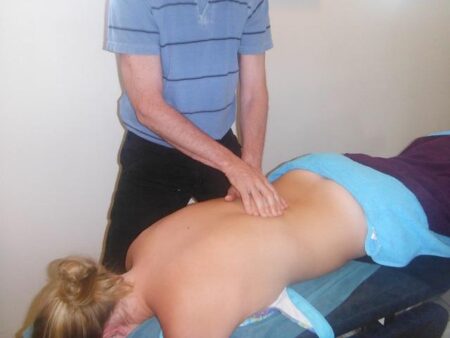Wildfire smoke originating from extensive blazes in Canada has significantly degraded air quality across a vast region of North America, prompting health and safety warnings from Minneapolis to Toronto. As thick plumes of smoke drift southward and eastward, authorities in multiple cities have issued alerts urging residents to limit outdoor activities and take precautions against hazardous air conditions. The unexpected reach of the smoke highlights the growing impact of intense wildfire seasons on urban centers far beyond the immediate fire zones, raising concerns about public health and environmental resilience.
Canadian Wildfire Smoke Triggers Widespread Air Quality Alerts Across Northern US and Canada
Thick plumes of smoke from wildfires raging across Canada have drifted southward, severely impacting air quality across a vast region stretching from Minneapolis to Toronto. Authorities in multiple states and provinces have issued advisories urging residents to limit outdoor activities, particularly for children, the elderly, and individuals with respiratory conditions. The smoke has led to a visible haze blanketing city skylines, reducing visibility and contributing to a spike in emergency room visits related to asthma and other breathing difficulties.
Key affected areas and recommended precautions include:
- Minneapolis-St. Paul: Air quality index (AQI) levels reached unhealthy thresholds, schools advised to keep children indoors during recess.
- Chicago and surrounding suburbs: Mask recommendations for sensitive groups and cancellations of outdoor community events.
- Toronto and nearby urban centers: Increased hospital advisories, warnings for people with pre-existing lung conditions to avoid exposure.
| City | Peak AQI Level | Health Advisory Level |
|---|---|---|
| Minneapolis | 175 (Unhealthy) | Limit Outdoor Activity |
| Toronto | 160 (Unhealthy) | Sensitive Groups Should Stay Indoors |
| Chicago | 140 (Unhealthy for Sensitive Groups) | Use Masks Outdoors |
Health Experts Warn of Increased Respiratory Risks Amid Persistent Haze
Medical professionals across affected regions are urgently advising residents to take heightened precautions as the persistent haze from Canadian wildfires continues to degrade air quality levels. The microscopic particles suspended in the smoky air pose significant dangers, especially for sensitive groups such as children, the elderly, and individuals with preexisting respiratory conditions like asthma or COPD. Clinics and hospitals are reporting an uptick in respiratory complaints, including aggravated coughing, wheezing, and shortness of breath.
Local health departments have issued clear guidelines to mitigate exposure risks, including:
- Remaining indoors with windows and doors closed
- Using high-efficiency particulate air (HEPA) filters where possible
- Avoiding strenuous outdoor activities during peak haze hours
- Wearing N95 masks if outdoor exposure is unavoidable
| Symptom | Recommended Action |
|---|---|
| Mild cough or throat irritation | Stay indoors and hydrate |
| Wheezing or shortness of breath | Seek medical advice promptly |
| Chest tightness or persistent coughing | Use prescribed inhalers and consult a doctor |
Officials Advise Residents to Limit Outdoor Activities and Use Air Purifiers for Safety
Local authorities across the affected regions have urged citizens to take precautionary measures amid the worsening air quality caused by the extensive wildfire smoke drifting from Western Canada. Residents are strongly encouraged to remain indoors whenever possible and to avoid strenuous outdoor activities that could exacerbate respiratory issues. Vulnerable groups-including children, the elderly, and those with preexisting lung or heart conditions-are especially advised to exercise heightened caution during this period.
To help mitigate indoor pollution levels, officials recommend the following actions:
- Use high-efficiency particulate air (HEPA) purifiers to filter smoke particles from indoor air.
- Keep windows and doors closed to prevent outdoor smoke from entering living spaces.
- Run air conditioners on recirculation mode instead of drawing air from outside.
- Stay hydrated and seek medical attention if symptoms like coughing, throat irritation, or difficulty breathing persist.
| Recommended Equipment | Effectiveness | Availability |
|---|---|---|
| HEPA Air Purifier | High | Widely Available |
| N95 Mask | Moderate | Limited Stock |
| Window Weather Stripping | Low | Common |
Insights and Conclusions
As wildfire smoke continues to traverse international borders, authorities from Minneapolis to Toronto remain vigilant, issuing air quality alerts and urging residents to take necessary precautions. Experts emphasize the importance of monitoring local air conditions and minimizing outdoor activities during periods of poor air quality. With climate change contributing to increasingly severe wildfire seasons, communities across North America are adapting to a new reality where smoky skies may become a recurring challenge. The evolving situation underscores the need for coordinated responses and ongoing public awareness to protect health amid these environmental threats.




